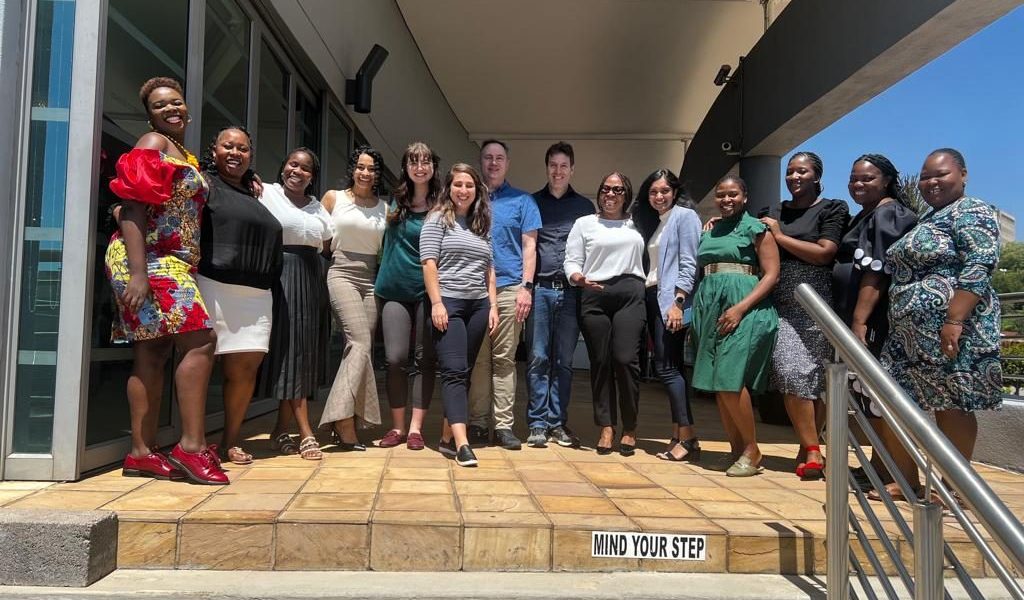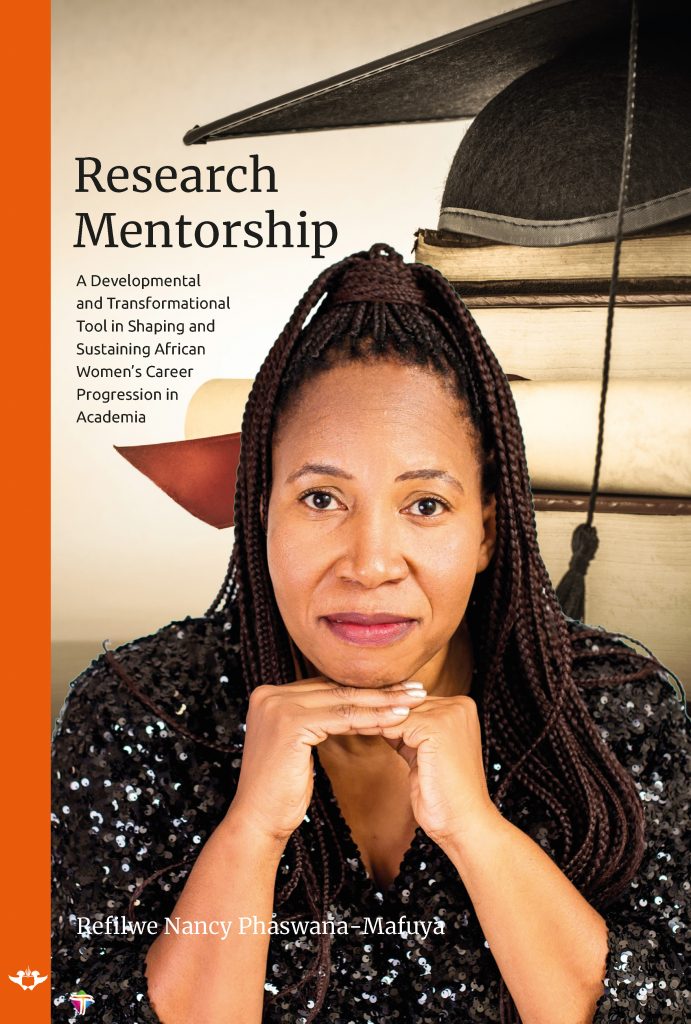SAMRC/UJ Pan African Centre for Epidemics Research – PACER EMU
SAMRC/UJ PACER EMU
“The SAMRC’s Extramural Units (EMU’s) are external research divisions commissioned to conduct research on its behalf. This research – which includes basic laboratory investigations, clinical research and public health studies – is undertaken by scientists employed by different South African and international science councils, medical schools, universities and research institutions that work with the SAMRC.). ” https://www.samrc.ac.za/research/extramural-research-units, accessed 15 April 2021
SAMRC/UJ PACER EMU Mission and Vision

Pan African Centre for Epidemics Research (PACER) is not an independent legal entity. It is an integral part of the SAMRC and UJ. The final authority for PACER EMU is vested in the Board of the SAMRC and Council of UJ.
Vision
The PACER EMU provides an opportunity to reimagine preparedness for and responses to future pandemics. It seeks to contribute to UJ’s mission/values: “balanced partnerships; transforming communities; serving humanity through innovation; collaborative pursuit of knowledge; commitment to community development; scholarship of teaching and learning; mentorship and career development of emerging investigators. The Centre will align with three of the four FHS research themes: Health Practice and Systems Improvement; Community Health Care; and Health Professions Education”
“Be the leading producer of cutting-edge scientific evidence for an equitable sustainable response in the African Continent”
Vision
“Be the leading producer of cutting-edge scientific evidence for an equitable sustainable response in the African Continent”

Research Mentorship: A Developmental and Transformational Tool in Shaping and Sustaining African Women’s Career Progression in Academia
I felt compelled to write this book (1) after realizing how pivotal mentorship has been in my own career journey; (2) due to receipt of consistent affirmative expressions regarding my qualities as a mentor from own mentees; (3) acknowledgements by various stakeholders as an exemplary mentor; and (4) overall contributions made to research mentorship as well as the observe impacts thereof. There is one conversation with a young black woman scientist that continued to linger in my mind. The lady asked me: “Please just tell me, how did you navigate your career journey from early-career struggles to research leadership? How did you achieve so much at such a relatively young age? How did you finish your Ph.D. at the age of 29 years? Then become a research director? extraordinary professor? executive director? Deputy Vice Chancellor for Research and Innovation? National science award winner? Sophisticated science networker? Socially engaged scientist? Queen Mother of Research and much more? This series of questions made me realize how blessed I was and how much I needed to share the context-specific lived experiences of my research mentorship journey to empower those who identify with me in navigating through their research journeys. After almost a quarter of a century in a research career, I have come to realize that many emerging researchers wish to become research leaders, but they do not know how to navigate the path towards research leadership.








